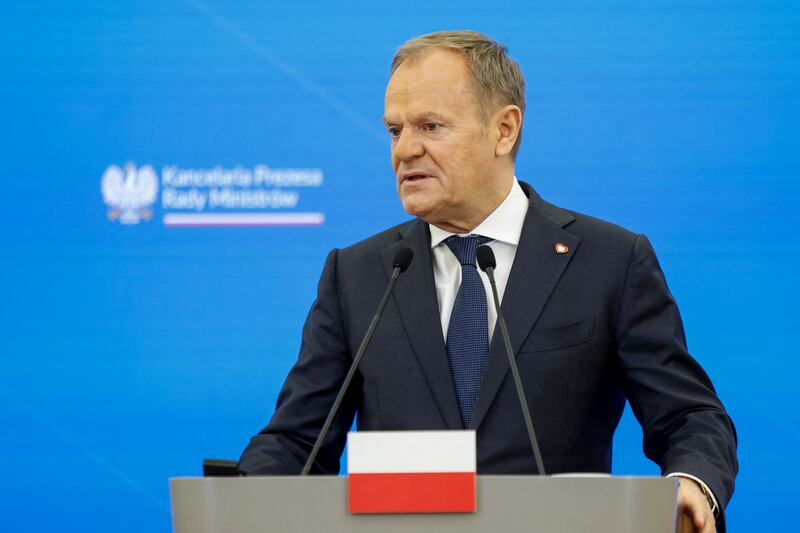The war in Ukraine has driven the largest annual global increase of people forcibly displaced by persecution, conflict, violence and human rights violations in decades, according to the United Nations refugee agency.
In 2022, the number of displaced people grew by 21 per cent, standing at an estimated 108.4 million at the end of the year. That likely rose to over 110 million people in May 2023, with Russia’s ongoing invasion and the war in Sudan being the biggest drivers of the growth, according to a report released on Wednesday by UNHCR.
“These figures show us that some people are far too quick to rush to conflict, and way too slow to find solutions. The consequence is devastation, displacement, and anguish for each of the millions of people forcibly uprooted from their homes,” said Filippo Grandi, the UN high commissioner for refugees.
The total number of refugees worldwide rose by the end of 2022 by a record 35 per cent, or 8.9 million people, to reach 34.6 million, the report said. The increase was largely due to people from Ukraine, and revised estimates of Afghans in Iran and Pakistan.
‘Utterly fearless’: tributes paid to ‘freedom fighter’ Robert Deegan, Irish soldier killed in Ukraine
Former restaurant housing almost 150 Ukrainians to be shut over Christmas due to fire safety concerns
EU needs to be less ‘polite’ in resisting Russian attempts to sway elections
Polish PM Donald Tusk emerges to take leading role on Ukraine
In the early days of the war in Ukraine, UNHCR said, “more than 200,000 refugees per day sought safety across borders, initially in countries neighbouring Ukraine”.
At the end of 2022, ‘‘11.6 million Ukrainians remained displaced, including 5.9 million within their country, and 5.7 million who fled to neighbouring countries,’’ creating the fastest displacement crisis, and one of the largest, since the second World War.
“The report is quite an indictment on the state of our world, which seems increasingly dangerous and unpredictable,’’ said Matthew Saltmarsh, head of UNHCR’s news and media section. “Conflict, insecurity and rights violations have continued or ignited in many places, adding to movements.”
While the invasion of Ukraine has led to the largest forced displacement crisis in terms of magnitude and velocity in 2022, conflict and insecurity in other parts of the world have also since continued or reignited.
In April 2023, fighting erupted in Sudan between the army and RSF paramilitary forces, with devastating effects on the civilian population.
“This year, the increase has been driven mainly by the situation in Sudan, where the conflict since April has produced almost half a million refugees and almost three times as many internally displaced,’’ said Mr Saltmarsh.
At least 190 children have been killed in the fighting in Sudan, and the number of acutely food insecure people in the country is estimated to rise by more than two million in the next three to six months.
The situation also remains serious and desperate in Myanmar, where, by the end of May 2023, the number of people forcibly displaced increased by 331,600 from the end of 2022 to stand at 1.8 million, while the number of internally displaced people in the Democratic Republic of the Congo climbed to 6.2 million.
UNHCR has been reporting on forced displacement for decades but has reliable data going back to the early 2000s.
“Overall, more effort is needed by the international community – politicians must focus on making peace as well as continuing to provide financial support to address the needs of the forcibly displaced,’’ said Mr Saltmarsh. “By the end of 2022, UNHCR had received just over half the funding needed for the year; 12 of our operations were chronically underfunded but we are now responding to more emergencies than ever.” - Guardian


